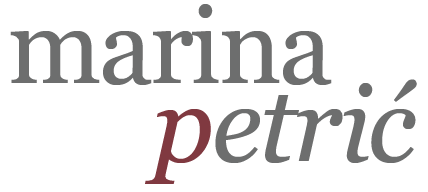Data
Project Story
Introduction
I picked the image above and the one on the front page to illustrate “data” because they are clear examples of a perfect infographic. The periodic table is a perfect systematic, rule-based, graphic representation that depicts information in a way that makes it easy to offer insights. The same is true about the amazing infographic about the Napoleon troops advance to Russia.
I am a big fan of Edward Tufte and his visualization rules. I avoid pie charts. Why? Because when you read a pie chart, you don’t know if you consider area, angle, or circumference. A bar charts usually much more informative.
The Project Below
During 2019 I worked at the Texas Department of Health Services to make information about the opioid crisis in Texas available online.
The Excel data tables were huge (think of the population of Texas). We had to present it as a website, and producing this kind of layout with Tableau was a challenge. We produced a few dashboards. Among them are the Substance-Related Deaths in Texas, Prescription Monitoring Program, Opioid-Related Exposures, Opioid-Related Emergency Meetings.
I looked for the live pages to link them here, but the url had been replaced by information about the COVID19. Priorities!
Quick Tableau Viz
This is a workbook that I made to visualize a story for Texas State University.
Questions for the dean:
- Why is the average salary in department B higher than those of departments A and C?
- Why is the number of faculty members larger in department A than in other departments?
- Why is the average salary in department C lower than the averages of departments A and B?
- Why was there no 10% individual salary raise for any member of department B?
- Why did some faculty members receive no raise while others received a 10% raise?
- Why does department A employ more faculty than B and C?
Other Tools
I love bringing data into Flourish and other online tools, like the one I generated below for a research. Flourish is fast and simple to use.
The data below only cover removal decisions arising from NetzDG complaints, and do not account for other removals based on other types of complaints, referrals, or injunctions. Furthermore, the metric of takedowns does not reveal whether NetzDG has achieved its purpose of combating hate speech and other online excesses. The differences between complaint mechanisms and the reports themselves make certain types of comparison difficult. It is also hard to know how the volume of content removal compares to the overall volume of illegal speech online. Key results are summarized below:
Overview of reported number by platform
| Platform | Total Items Reported | Total Removal Rate | Removal Within 24hrs |
| 1,704 | 362 (21.2%) | 76.4% | |
| Google (YouTube) | 241,827 | 58,297 (27.1%) | 93.0% |
| 264,818 | 28, 645 (10.8%) | 93.8% | |
| Change.org | 1,257 | 322 (26.4%) | 92.7% |
Source: Echinson & Knodt, 2018



